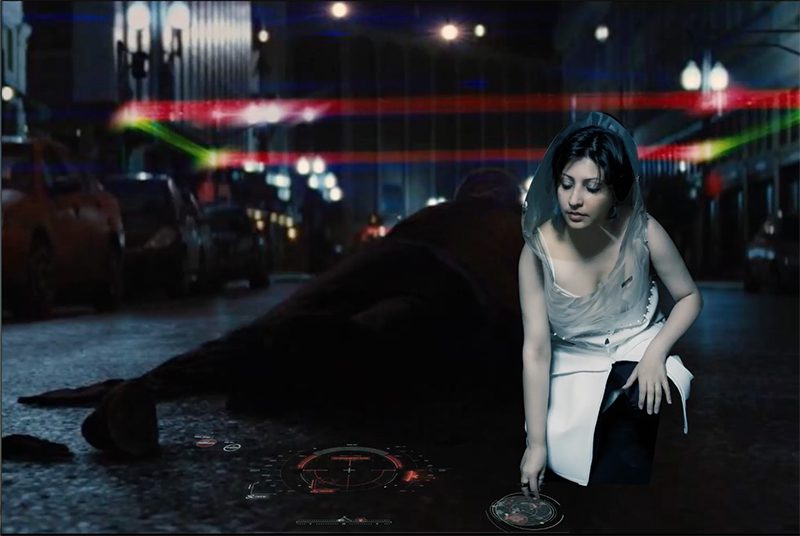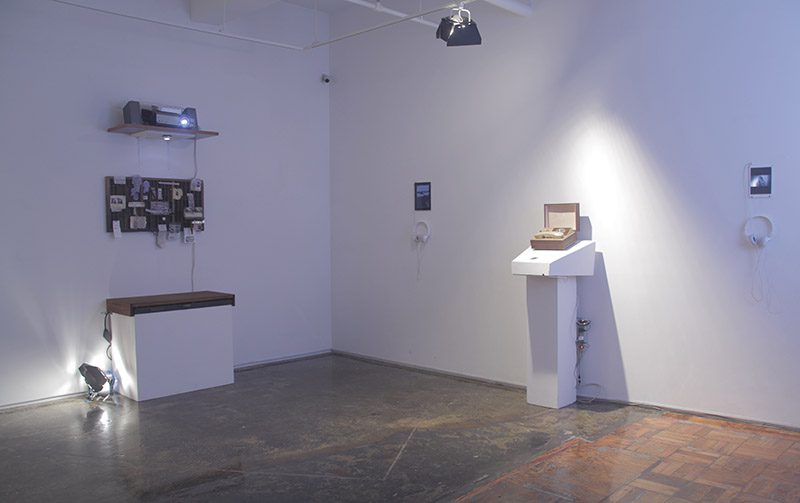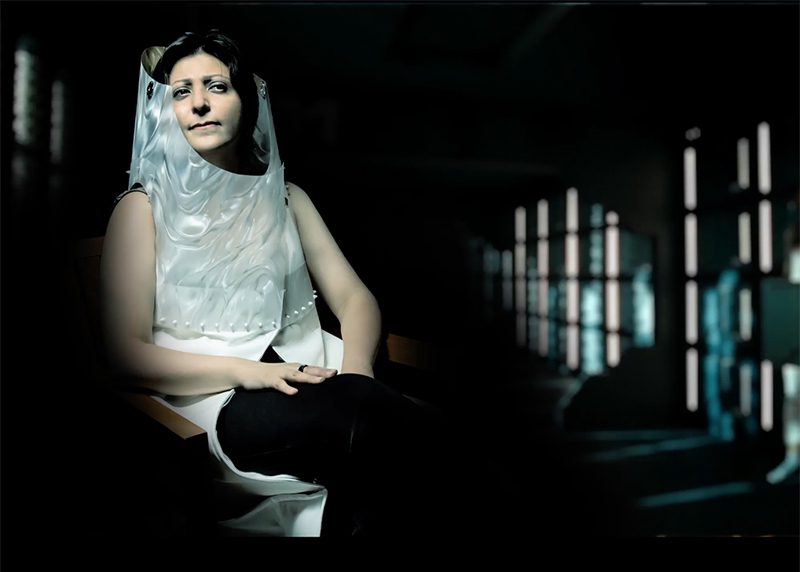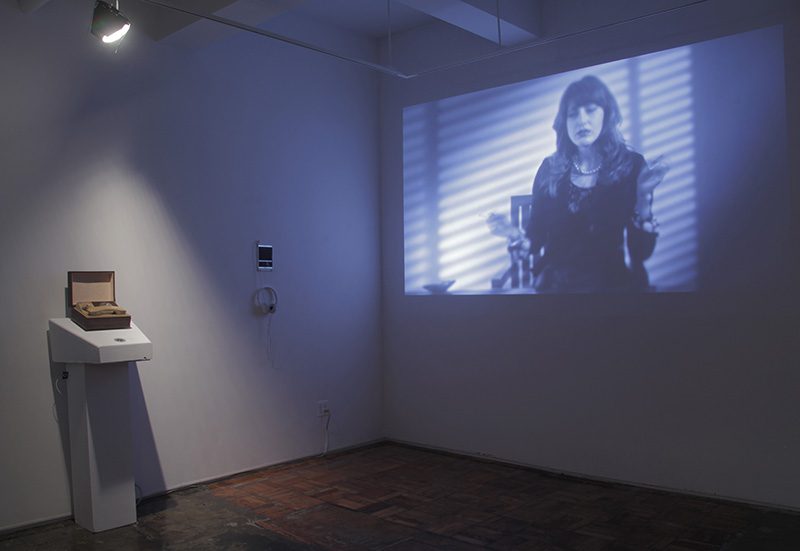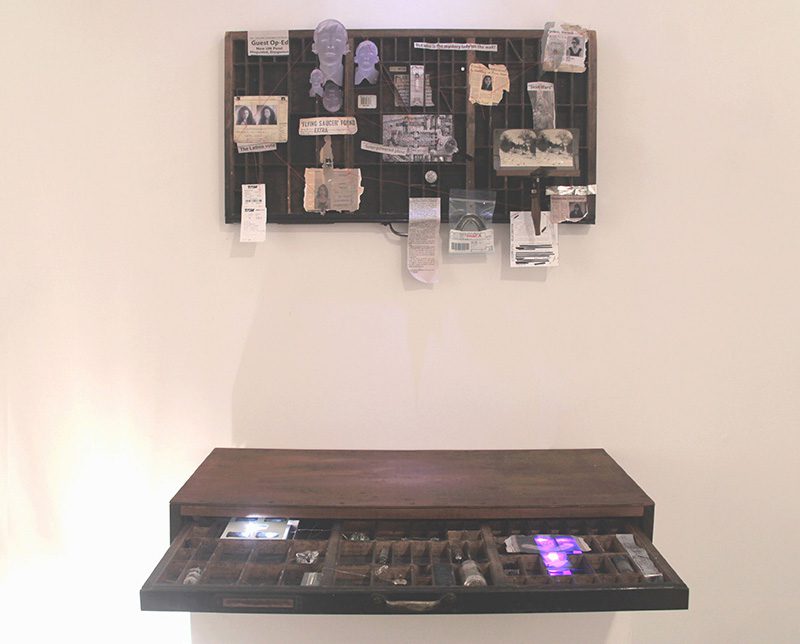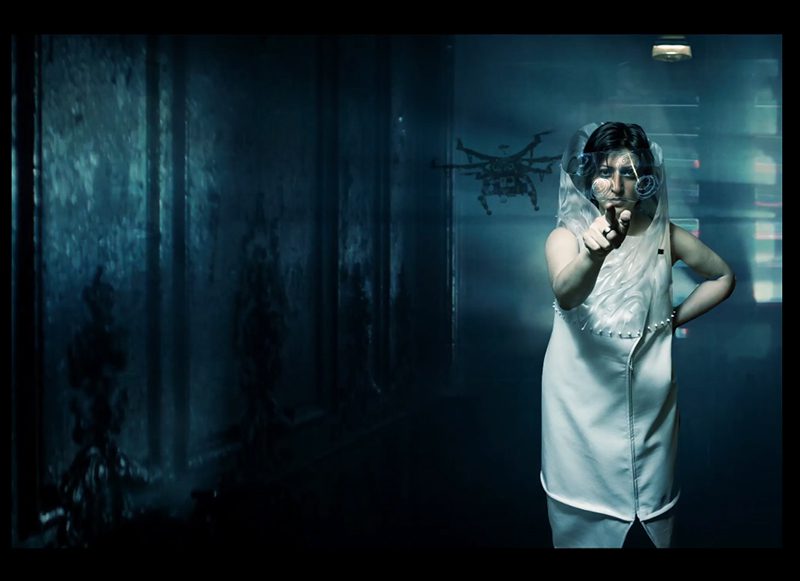NEW COMERS: Negin Sharifzadeh
 Negin Sharifzadeh studied sculpture at the University of Tehran and started working in animation and new media since her move to New York in 2010. Her animation style grows out her earlier sculptural and performing arts practices. Growing up in Iran, one of the world’s most historically and socially complex regions, in the wake of the 1979 revolution, Negin Sharifzadeh is fascinated by the mechanisms and interplay of different natural, emotional, and political systems. Her work explores how these systems are composed how information, energy and material are codified within them, and how bodies are impacted by and interact with them. She has explored these themes through multiple mediums including sculpture, performance, installations, and increasingly combining all of these mediums in stop-motion animation. In the occasion of her solo exhibition at the A.I.R. Gallery, we talk with her.
Negin Sharifzadeh studied sculpture at the University of Tehran and started working in animation and new media since her move to New York in 2010. Her animation style grows out her earlier sculptural and performing arts practices. Growing up in Iran, one of the world’s most historically and socially complex regions, in the wake of the 1979 revolution, Negin Sharifzadeh is fascinated by the mechanisms and interplay of different natural, emotional, and political systems. Her work explores how these systems are composed how information, energy and material are codified within them, and how bodies are impacted by and interact with them. She has explored these themes through multiple mediums including sculpture, performance, installations, and increasingly combining all of these mediums in stop-motion animation. In the occasion of her solo exhibition at the A.I.R. Gallery, we talk with her.
By Dimitris Lempesis
Photo: Negin Sharifzadeh Archive
 Mrs Negin Sharifzadeh, as we know your initial studies were on sculpture at the University of Tehran, how did you switched in stop-motion film and how many elements of the sculpture language have you integrated into new media.
Mrs Negin Sharifzadeh, as we know your initial studies were on sculpture at the University of Tehran, how did you switched in stop-motion film and how many elements of the sculpture language have you integrated into new media.
In sculpture studies, you are engaged with form, space, material, and the relationship between them. In performing arts (my major at the School of the Art Institute of Chicago), you are adding rhythm, sound, movement, lighting, narrative, and music into the equation. You have to work to harmonize all these elements. This combination of studies brought me to stop-motion animation, where I utilize my sculptural background in making sets, props, and installation environments, while bringing these elements into a performative space. I am able to be the maker of form, but also the director and the performer, fusing all of these elements together into something new. I am working to create narrative experiences, although usually a non-linear narrative, that engages the audience via an entire physical space.
At the A.I.R. Gallery in New York this period you are exhibiting “Inspector Sorrow”, would you like to tell us how started this body of work?
I have always been obssesed with complex dectective noir and scifi stories and films. For this show, I started working on a script for a scifi/noir story that is faithful to the noir film austhetics and roles of 40s and 50s, but with a futuristic setting, taking place in multiple realities of the present and the future of 2253. For the exhibition setting I fragmented the script into bits and pieces, like a puzzle, so the exhibition serves as a stage for my audience to take on the role of detective themselves. They encounter a range of pieces and forms, including interactive props, interactive ebooks, videos, storyboards and other ephemera from the film, to allow them to connect the clues and the narrative of this story. But it is intentionally, frustratingly, incomplete. So to make a story, each member of the audience must bring their own part to it. Much like the work of actual detectives, working to recreate the narrative of a crime.
Through Technology and New Media are you narrating stories from your country and the role of women in the Iranian revolution?
This is a very good question! My works doesn’t focus on the explicit stories of women in the revolution, but rather what it has meant for women to live inside the upheaval, transformation, reverses, and traumas of contemporary Iran. My film, Even Gray Feels Blue, is based on a poem by Iranian poet Ahmed Shamlu on the devestating emotional aftermath of the overthrow of democracy in Iran 1953. I am not telling this story, but exploring that emotional terrain. I have always been fascinated by how these broader historical forces impact individual bodies and psyches, and feel that our understanding of history is incomplete and fatally weakened until we can integrate these individual emtional and physical realities within it. These are the tiny particles of which larger history is written.
Through the projections shown at the Gallery, is your aim to initiate the viewer in to an interactive process?
Absolutely! My aim was to give my audience an active role. They are not passive viewers but are challenged to piece together a larger Meta narrative, no matter how close or far it might be from my original script. As scifi and noir are very known genres, there is a tremendous amount of shared context and references that will help them with this challenge!
Your stop-motion films are a puzzle of images and feelings both social and political, how many experiential and imsgineried elements are included in them?
I believe you can have an impact on your audience when you can relate to them on a personal level. My animations narrate personal stories as they unfold inside a larger socio-political context. In my view, it creates in the viewer a more immediate and emotaional reaction which allows for identification with the bigger issues on a more global level. The universality of emotional experience makes the narrative real, even in its abstractin. Scholars and commentators can document the more explicit historical narratives and arguments. But as a filmmaker, the challenge is how you can provoke your audience to take on a new perspective, to expereince the world through your lens and your position in a specific story. To me this is the art of story telling.
Apart from artist you are also curator, how provocative and interesting is the alternation of these two roles? When you are exhibiting as an artist how can you distance yourself from your work?
I think artists make better curators. As an artist you have been through the same challenge of creation and innovation in your work. You grasp the process of art making from the inside, which I believe is crucial to the art of curating. It gives you a very concrete shared experience with your artists, and a powerful way to frame the work. I think it also leads to stronger bonds with the artists through this shared experience. But you also carry more responsibility as you are both loyal to the idea of creation while trying to find routes not only in to the commercial sphere but also finding ways that best represent the artists in the totality of their work.
First Publication: www.dreamideamachine.com
© Interview – Dimitris Lempesis
Info: A.I.R. Gallery, 155 Plymouth Street, Brooklyn, Duration: 30/6-30/7/16, Days & Hours: Tue-Sun 12:00-18:00, www.airgallery.org
